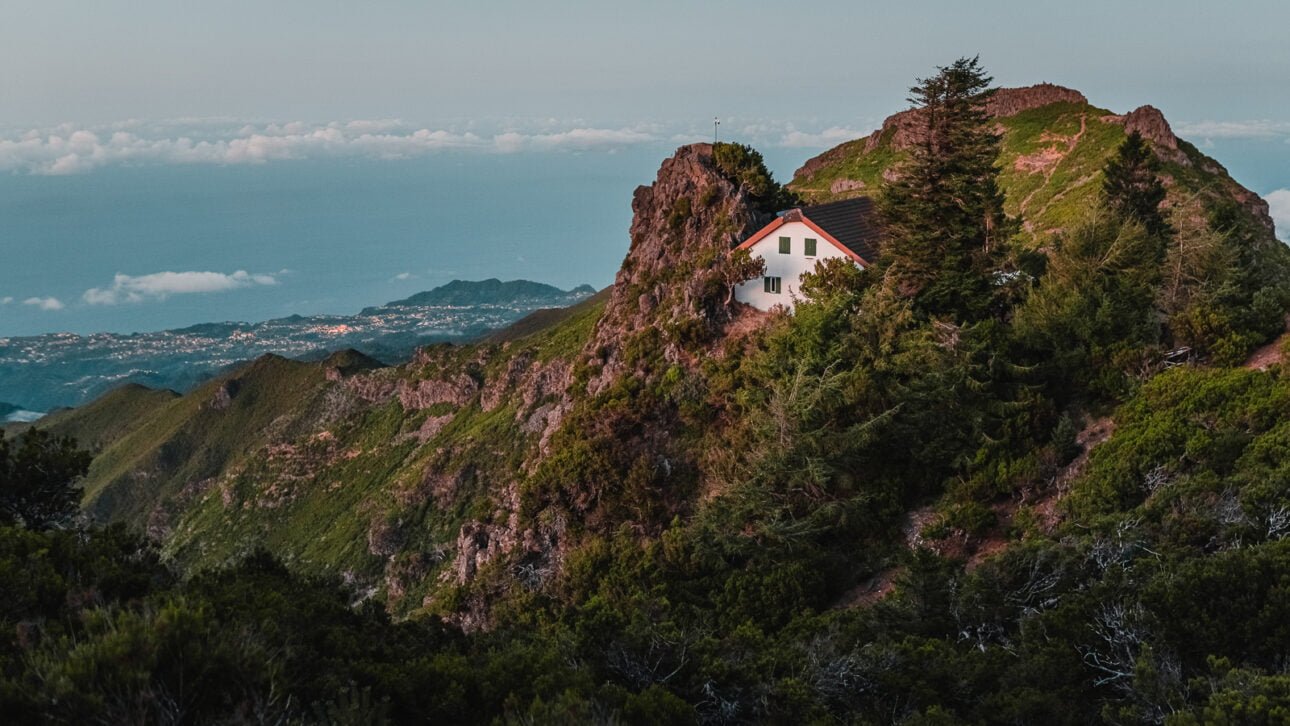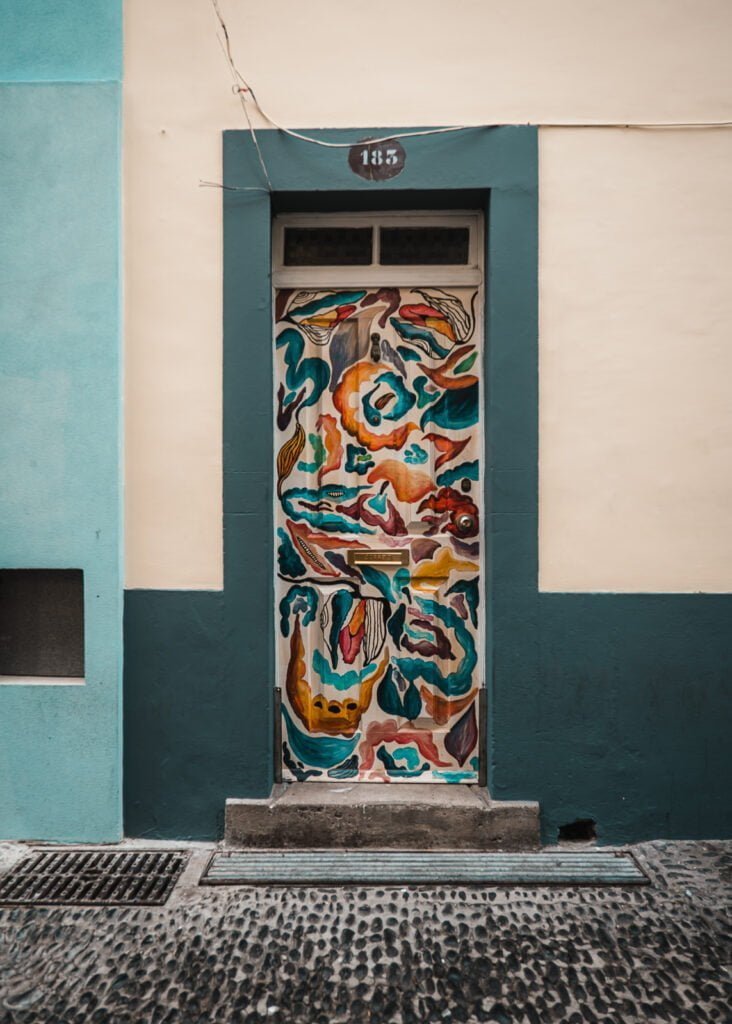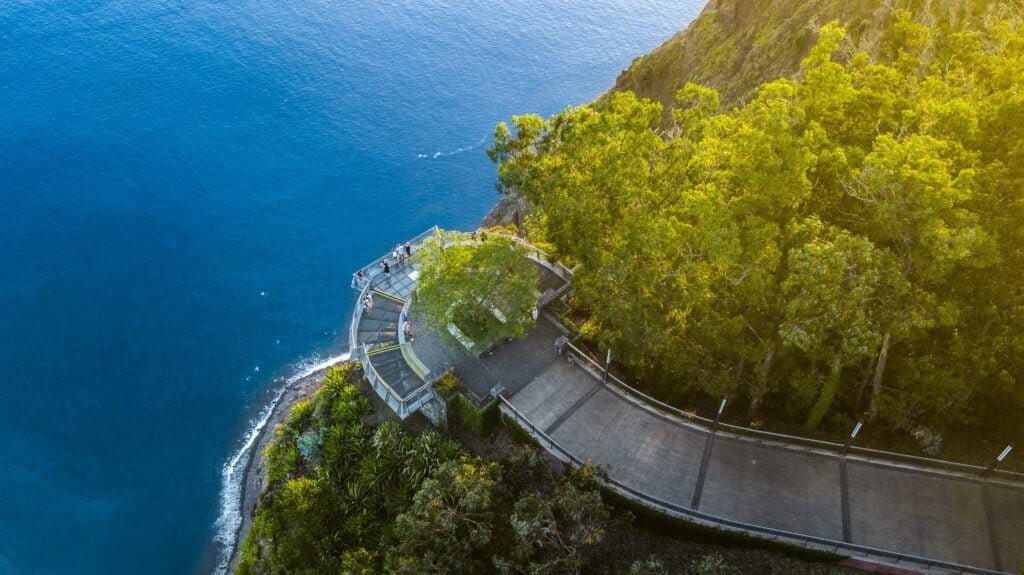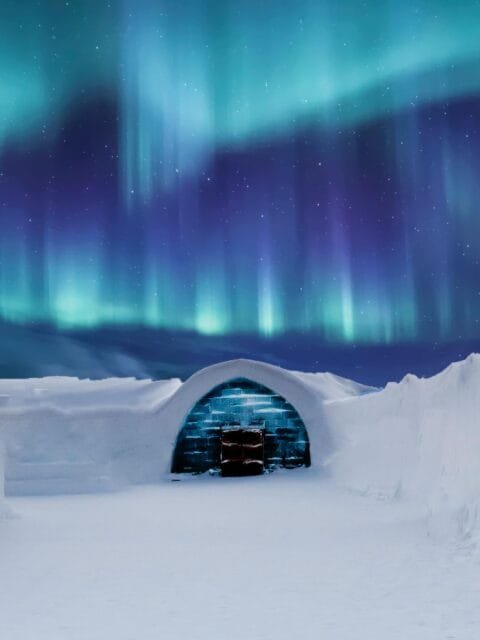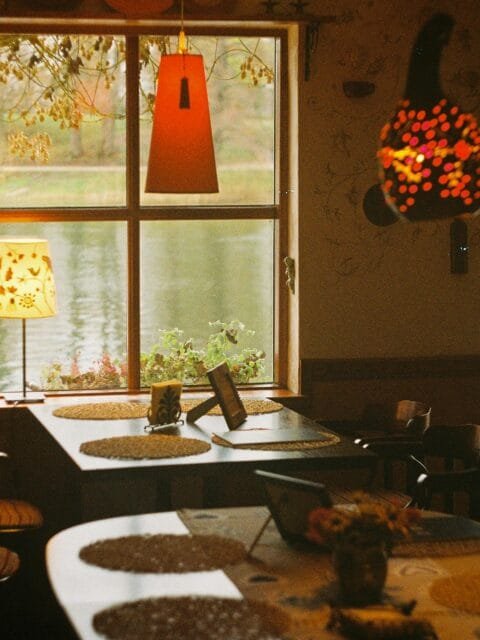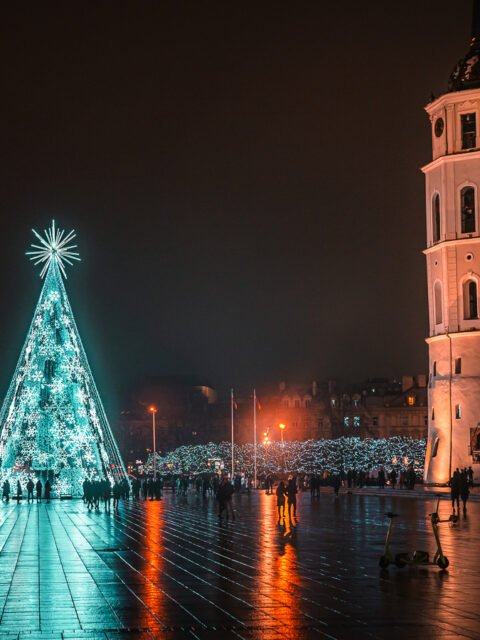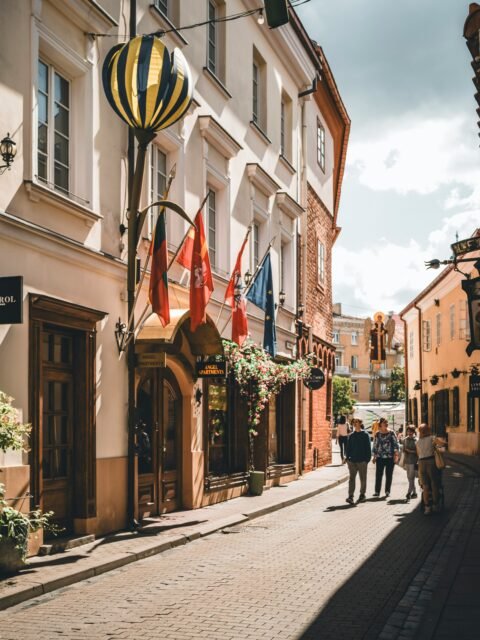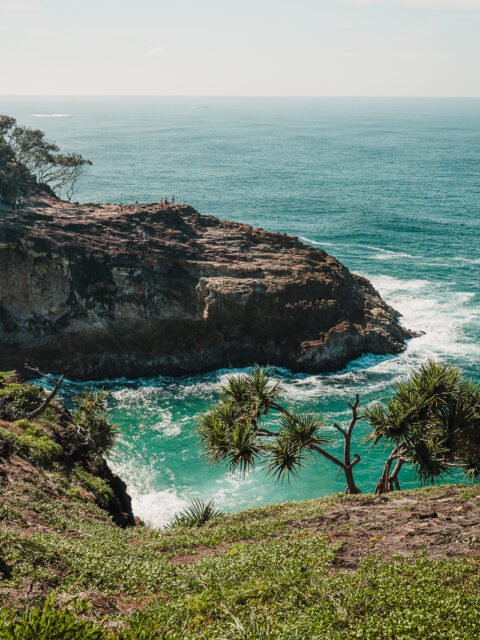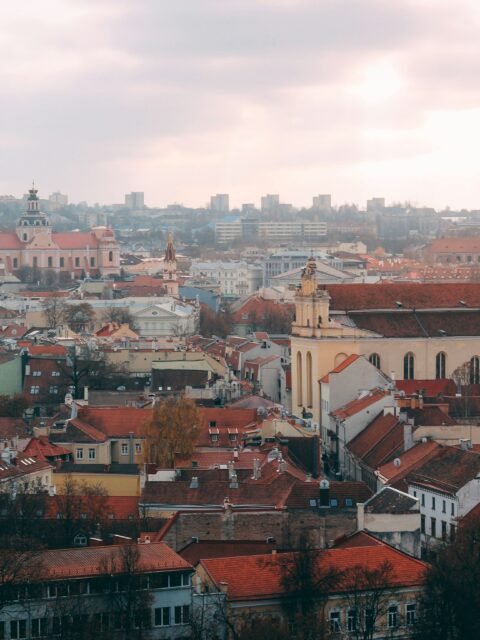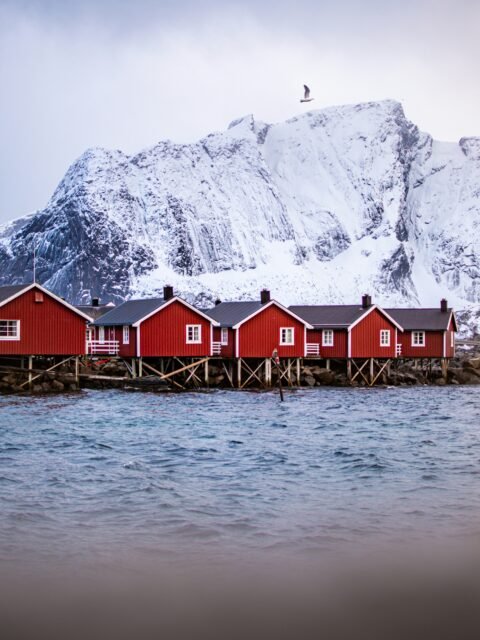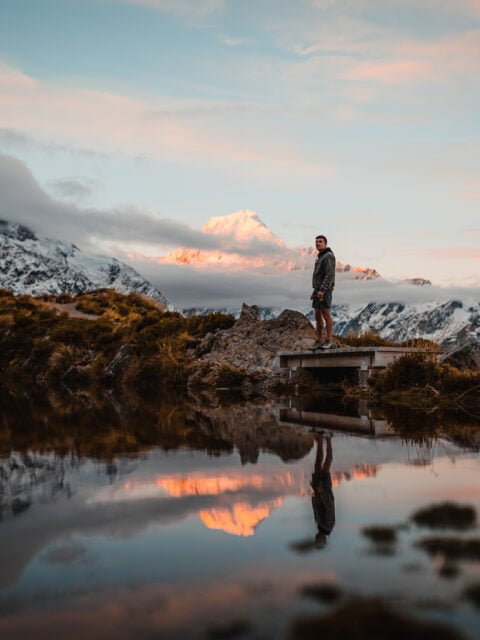Before you pack your bags and set off to explore Madeira, it’s helpful to know a few key things that will make your trip smoother and more enjoyable. To help you make the most of your visit, we’ve compiled a list of essential things you need to know before you go. Whether you’re wondering about the best time to visit, how to get around, or where to stay, this guide has you covered.
1. Do you need to rent a car in Madeira?
Whether you need to rent a car in Madeira depends on your travel preferences, itinerary, and how you want to explore the island. Here’s what you need to know:
Renting a car in Madeira offers the freedom and flexibility to explore the island at your own pace, allowing you to visit remote locations such as secluded beaches and mountain trails that are not easily accessible by public transport. It also provides the convenience of traveling directly to your destinations without the hassle of transfers or long walks from bus stops.
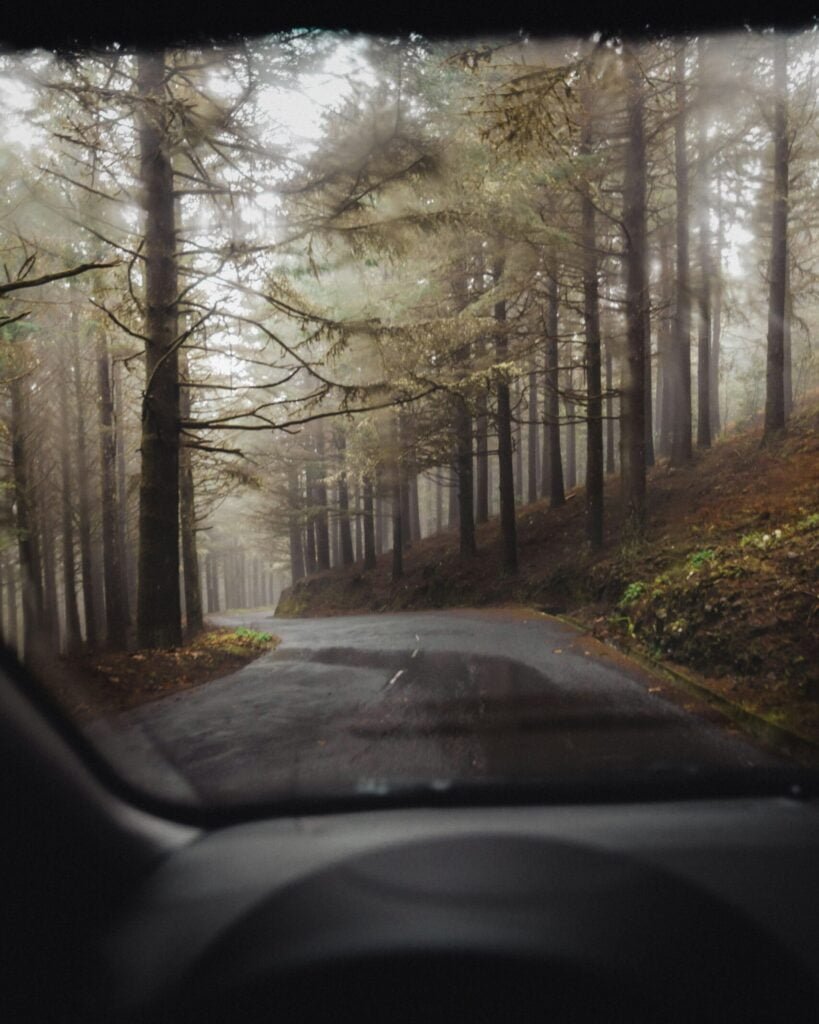
However, renting a car can be costly when considering fuel, insurance and parking expenses. Additionally, Madeira’s challenging driving conditions, with steep inclines, narrow streets, and sharp bends, can be daunting for less confident drivers. Parking can also be difficult to find in popular tourist areas, often requiring payment or a walk from a distant spot.
Renting a Car in Madeira
Pros
- Freedom & flexibily
- Get off the beaten path
- Much more convenient
Cons
- Potentially more expensive
- Difficult driving conditions
- Parking accessibility
Overall, renting a car is recommended for those who want to explore Madeira extensively and are confident in their driving skills and budget. For those staying mainly in urban areas or less confident in driving, public transport may be a better alternative.
2. How Difficult Is It to Drive in Madeira?
Madeira has a very well-developed road network, particularly around the capital, Funchal, and other major towns. However, the island’s mountainous terrain and rugged coastline mean that many roads are steep, narrow, and winding. Most of the island’s main attractions are accessed via these roads, and they are hard to avoid unless you stick to the city and main towns.
The difficulty of driving in Madeira depends on your driving experience and how comfortable you are with steep and narrow roads, sharp bends and mountain passes. If you have never driven on these types of roads, then it may be a slight learning curve when you drive in Madeira. However, it doesn’t take long to become familiar with these roads and learn how to drive them safely.
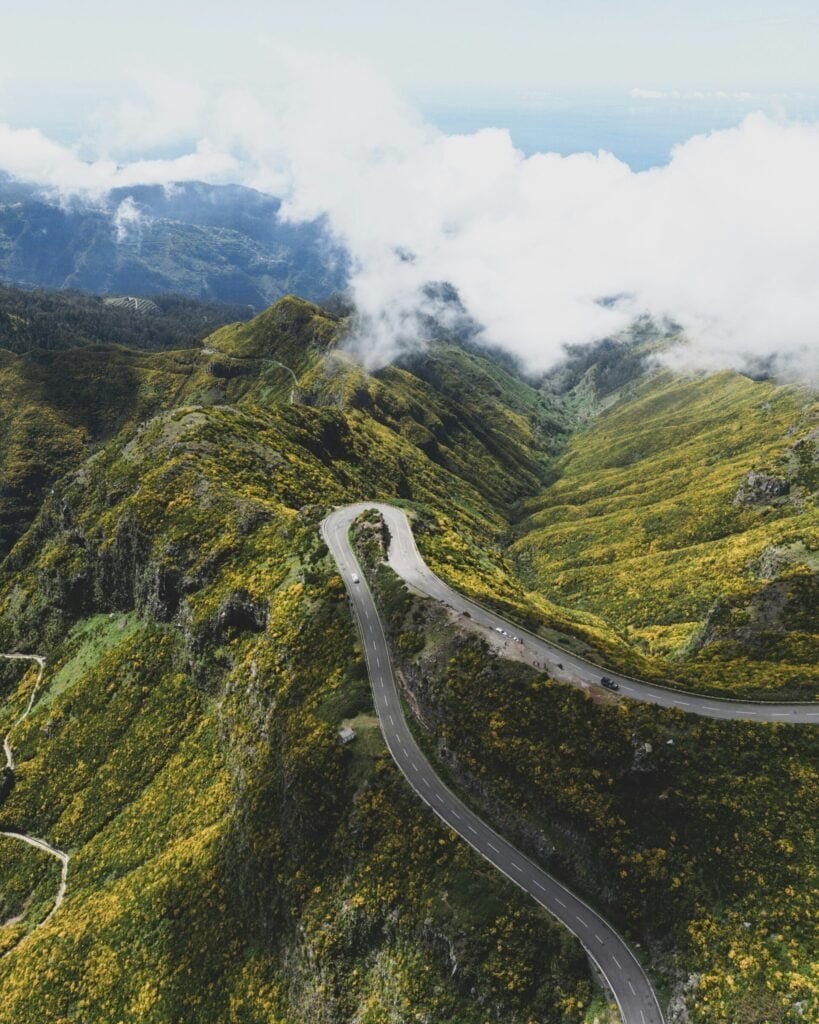
Here’s what you can expect from driving in Madeira:
- Motorways and Main Roads: The island has a few major motorways, including the VR1, which connects Funchal with the eastern and western parts of the island. These roads are usually wide and in excellent condition, with lots of tunnels.
- Secondary Roads: As you venture into rural areas, roads become narrower and more winding. Be prepared for hairpin bends and steep inclines, especially when driving through the mountains.
- Old Mountain Roads: Madeira has an old network of roads that wind along the coast and dramatic cliffs. These roads are not for the faint hearted, but if you’re after an adventure then check them out! Many of the old roads have been closed due to rock fall or general maintenance issues.
3. What Is the Best Month to Visit Madeira?
The best month to visit Madeira depends on your personal preferences and interests. Madeira has a subtropical climate, with mild temperatures year-round so the weather doesn’t change drastically. Spring and autumn offer ideal weather and fewer crowds, making them perfect for outdoor activities and exploration. Summer is great for enjoying the beaches and vibrant festivals, while winter is mild but less ideal for outdoor activities.
Spring (March to May)
Spring is one of the best times to visit Madeira. The weather is pleasant, with temperatures ranging from 16°C to 22°C (61°F to 72°F). This season is perfect for hiking and outdoor activities as the landscape is lush and in full bloom.
Summer (June to August)
Summer is the peak tourist season in Madeira, with temperatures averaging between 20°C and 26°C (68°F to 79°F). It’s ideal for enjoying the beaches, swimming and water sports.
Autumn (September to November)
Autumn has warm temperatures similar to spring, typically between 18°C and 24°C (64°F to 75°F). The sea remains warm, making it a great time for swimming and water sports.
Winter (December to February)
Winter in Madeira is mild compared to mainland Europe, with temperatures ranging from 14°C to 20°C (57°F to 68°F). This season is quieter and less crowded, making it a good time for those looking to avoid the tourist rush. However, it’s not an ideal time for hiking and outdoor activities due to wetter weather and less daylight hours.
Best Months for for hiking in Madeira
- April to June: These months offer a balance of warm weather, blooming flowers, and fewer tourists. It’s the perfect time for hiking, exploring gardens, and enjoying the natural beauty of Madeira.
- September to October: Post-summer, the weather remains warm, the sea is still inviting, and the crowds have thinned out. It’s perfect for a more relaxed visit while still enjoying outdoor activities.

4. Is Madeira cheap or expensive?
Compared to other European destinations, Madeira offers good value for money and in my opinion, is relatively cheap (I’m from the UK, which is quite expensive). While it can be more expensive than some mainland Portuguese locations, it is generally more affordable than other popular island destinations like the Canary Islands or the Balearic Islands.
Cost of Accommodation
Madeira has plenty of accommodation options to suit all budgets. On the lower end there are hostels, budget hotels and guesthouses. The prices for these typically range from €15 to €60. These options are generally basic but comfortable, often located in or near major towns like Funchal.
Mid-Range hotels typically cost between €60 and €120 per night, which is a great option for couples and families, and luxury accommodations range from €150 to over €300 per night.
Airbnb’s are another great accommodation choice, and are what we have gone with on both visits to Madeira. You can usually find private rooms for around €30 – €50, and apartments anywhere from €50 – a couple of hundred euros a night.
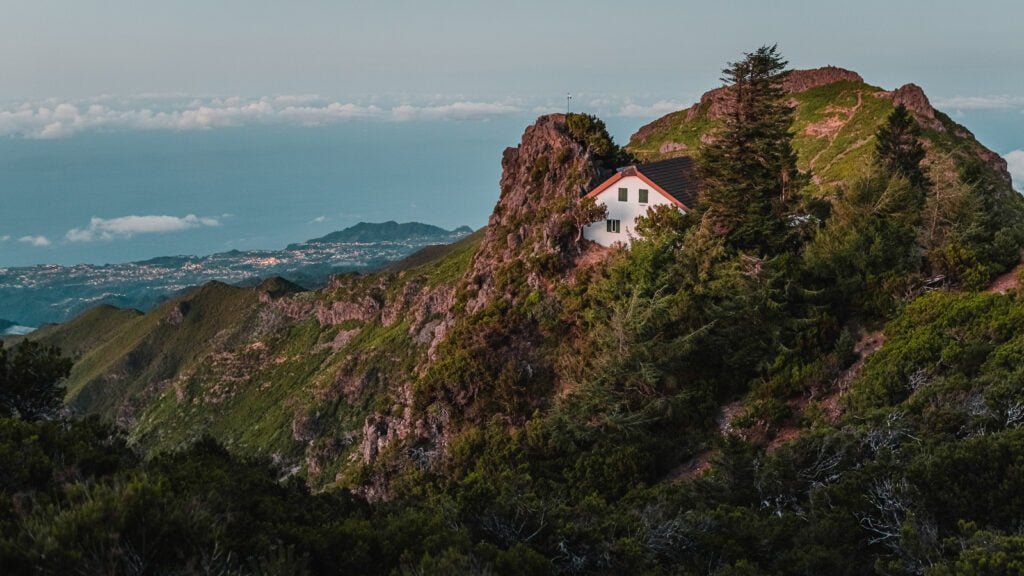
Cost of Food
Much like accommodation, the cost of food varies depending on where you are and what you’re looking for. Local cafes and bakeries usually charge between €3 and €10 for pastries, sandwiches and coffee. Dining at mid-range restaurants will cost around €10 to €30 per person for a meal, including a drink. High-end restaurants and hotel dining can cost €50 or more per person.
Buying your own food and preparing your own meals is a much cheaper option, with a weekly shopping budget of around €30 to €50.
We recommend trying the local dish “bolo do caco” (Madeiran flatbread), it’s sold pretty much everywhere on the island and is delicious! It’s a great lunch as there’s plenty of filling options and it’s very cheap, usually a couple of euros!
5. Do they speak English in Madeira? What language do they speak in Madeira?
Portuguese is the official language in Madeira, as it’s an autonomous region of Portugal and shares its language with the mainland. In touristy areas such as Funchal, major hotels, restaurants, and attractions, you’ll find that most people speak a good level of English, so it’s easy for English-speaking tourists to communicate.
Most tour operators, car rental agencies, and excursion companies have their services available in English, and you’ll find that most menus and informational materials are available in English.
While Portuguese is the official language, Madeira has its own regional accent and some unique vocabulary. However, this shouldn’t be a significant challenge for Portuguese speakers or those with a basic understanding of the language.
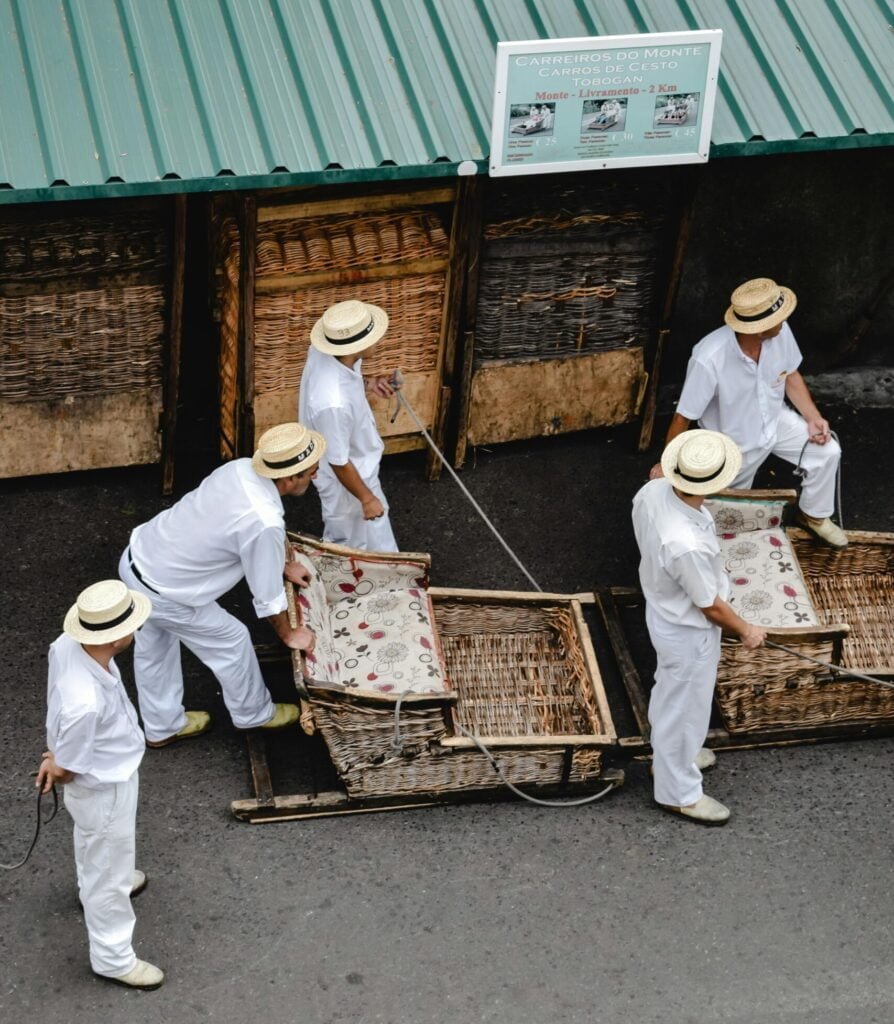
Helpful Phrases for Tourists
Learning a few basic phrases in Portuguese can go a long way in enhancing your travel experience and showing respect to the locals. Here are some helpful phrases:
- Hello: Olá
- Good morning: Bom dia
- Good evening: Boa noite
- Please: Por favor
- Thank you: Obrigado/Obrigada (depending on whether you are male or female)
- Yes: Sim
- No: Não
- Do you speak English?: Fala inglês?
6. What currency is used in Madeira?
As a part of Portugal, Madeira uses the Euro (EUR, €) as its official currency. It’s usually a good idea to get some Euros before arriving in Madeira, especially for immediate expenses like transport and food.
Most credit and debit cards are widely accepted in hotels, restaurants and shops. However, smaller shops, businesses and remote areas might only accept cash, so it’s always a good idea to carry some.
There are plenty of ATMs in Madeira, with at least one in each smaller town and multiple options in larger areas like Funchal.
7. What plug type is used in Madeira?
Madeira, like mainland Portugal, uses Type C and Type F outlets. Type C plugs have two round pins, while Type F plugs have two round pins with two grounding clips on the side. Both types are compatible with each other.
We recommend using a universal travel adapter that includes multiple plug types and USB ports, as you can use it anywhere in the world and charge several devices simultaneously.
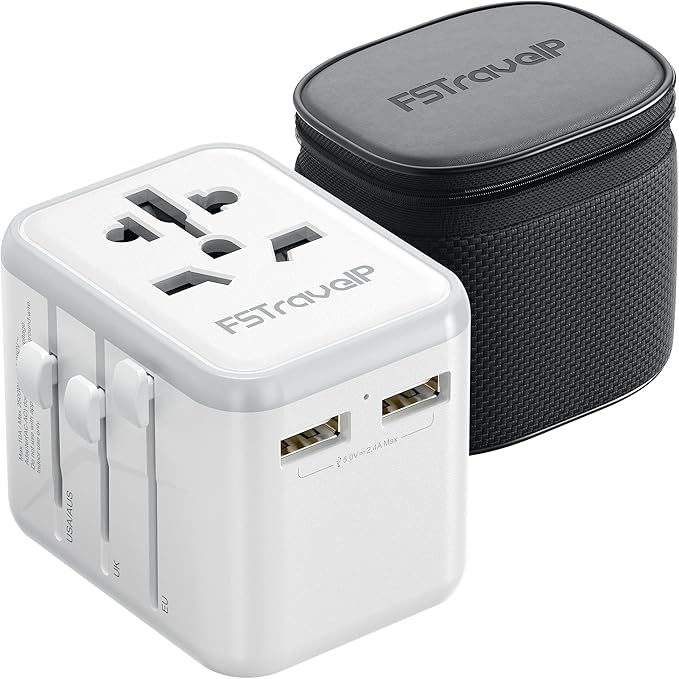
8. Where are the best places to stay in Madeira?
Choosing a place to stay in Madeira will depend on your interests and travel style, whether you’re looking for a laid-back experience or a more lively atmosphere. Here’s a guide to help you find the best area to stay in during your visit:
For a lively and buzzing atmosphere:
Funchal is Madeira’s vibrant capital, and the place to stay if you’re looking for a lively environment with easy access to restaurants, shops, and nightlife. Funchal has a wide range of accommodations, from luxury resorts and boutique hotels to budget-friendly guesthouses and hostels.
For a relaxing beach holiday with the convenience of nearby amenities:
If you’re looking for a mix of lively and relaxing, then going for a bigger village such as Calheta or Ponta Do Sol, or the Lido and São Martinho areas in Funchal is a great option. These areas have access to some of Madeira’s best beaches, along with nearby amenities.
Many of the bigger villages offer boutique hotels, seaside apartments, and charming guesthouses. The Lido and São Martinho areas in Funchal are where you’ll find the biggest hotels and resorts, many offering stunning sea views, swimming pools, and direct access to the ocean.
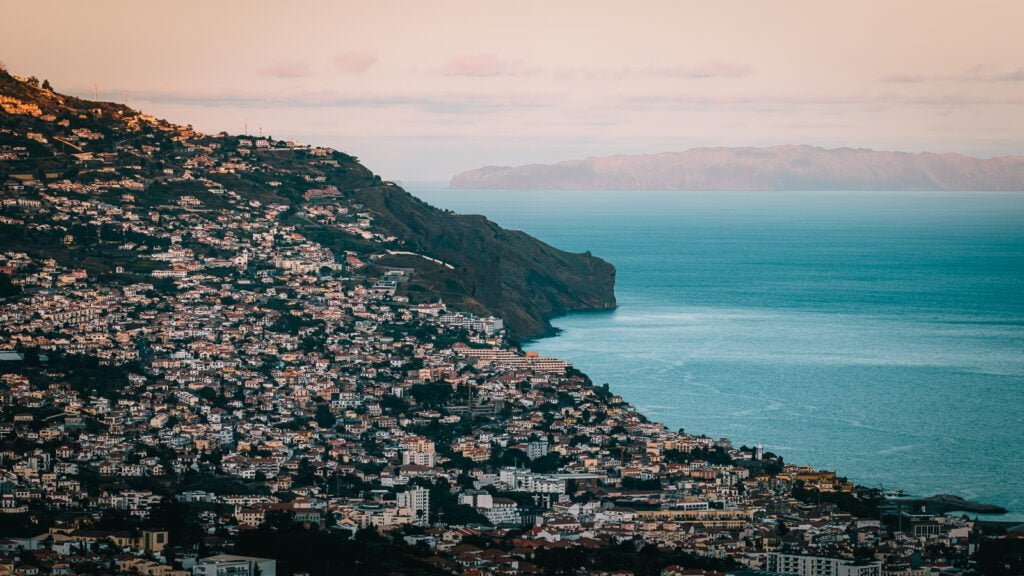
For a quiet, authentic setting with easy access to nature and local culture:
Opt for a picturesque fishing village like Câmara de Lobos, located just west of Funchal. It’s famous for its colorful boats, traditional atmosphere, and stunning views. The village offers charming guesthouses, boutique hotels, and self-catering apartments, providing a more intimate and local experience.
Or head over to Madeira’s north coast, where you’ll find beautiful villages surrounded by nature, such as; Porto Moniz, known for its natural volcanic swimming pools and rugged coastal scenery. Santana, famous for its traditional thatched-roof houses and rich cultural heritage. Seixal, known for its unique black sand beach and lush green surroundings.
For nature, hiking and experiencing Madeira’s traditional way of life:
Mountainous towns like Curral das Freiras, Rabaçal and Encumeada are great places to stay if you are looking to be surrounded by nature and hiking opportunities. Curral das Freiras, often dubbed “Valley of the Nuns”, is nestled in a valley surrounded by dramatic peaks, and is an ideal base for hiking along Madeira’s ancient pathways.
Rabaçal is known for its serene waterfall walks and access to the Laurisilva forest, a UNESCO World Heritage site. Encumeada, located at a mountain pass, provides panoramic views and access to diverse hiking trails.
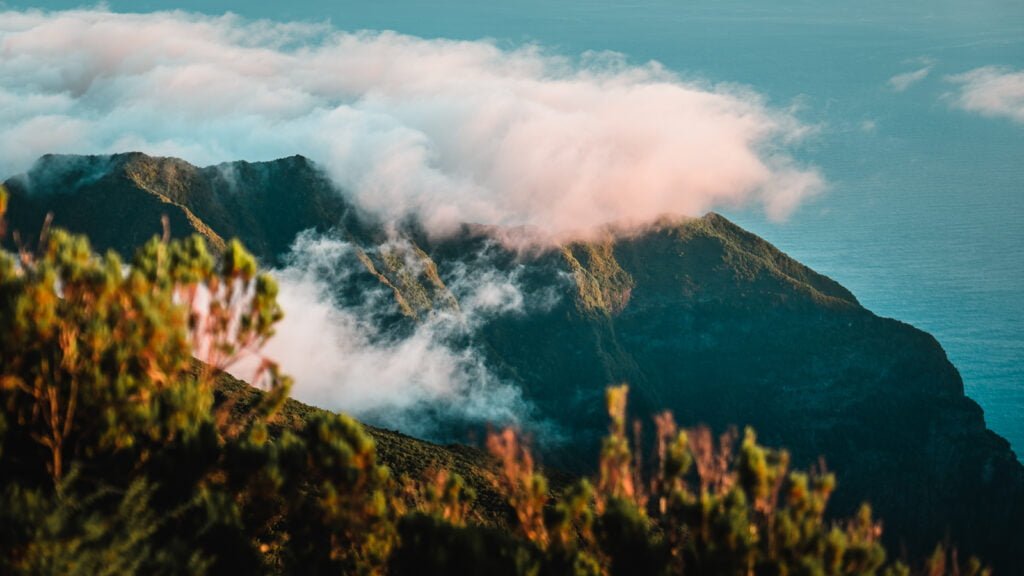
9. How many days is enough in Madeira / How long do you need to explore Madeira?
To really enjoy Madeira and comfortably explore the best attractions, I’d recommend at least a week. This allows enough time to visit Funchal, explore the island’s natural wonders, and do some hiking.
But if you have the luxury of staying longer than a week, I’d highly recommend it. Our first trip was just a week long, and every day was packed with adventures so we could see as much as possible – especially since we’re photographers and wanted to capture everything!
However, on our second visit to Madeira we came for two weeks, which allowed us to have a much more relaxing time. We mixed up our days with hiking, exploring the island and chilling out at our apartment.
If you have a week, then check out our one week madeira itinerary, designed to maximize your time on the island and see a bit of everything!
10. Does Madeira have public transport?
Madeira does have a reliable public transportation system, primarily composed of buses that connect major towns and tourist attractions. The bus network is extensive in urban areas like Funchal but less so in rural parts. If you plan to stay within Funchal or visit easily accessible sites, buses can be a convenient and budget option. However, for more remote locations, bus schedules may be infrequent and it may be hard to visit.
Public Bus System
- SAM Buses: Operate mainly in the eastern part of the island, including routes to the airport, Machico, and Santana.
- Rodoeste Buses: Rodoeste covers the western part of Madeira, including routes to the northwest, such as Porto Moniz, São Vicente, and Seixal, as well as the southwest, including Ponta do Sol, Cabo Girão, Calheta, Jardim do Mar, and Paúl do Mar
- Horários do Funchal: The main bus company operating within Funchal and its surroundings, including routes to Câmara de Lobos, Curral das Freiras, Pico dos Barcelos, Ribeiro Frio, Santana, and Monte.
The frequency of buses varies by route and time of day, with more frequent services on popular routes. Timetables are available online and at bus stations. Tickets can be purchased directly from the driver when boarding the bus. It’s advisable to have cash on hand, as not all buses accept card payments.
Cable Cars
Monte Cable Car: In Funchal, the Monte Cable Car offers a scenic ride from the city center to Monte, where you can enjoy panoramic views and visit the Monte Palace Tropical Garden.

Book your adventure


